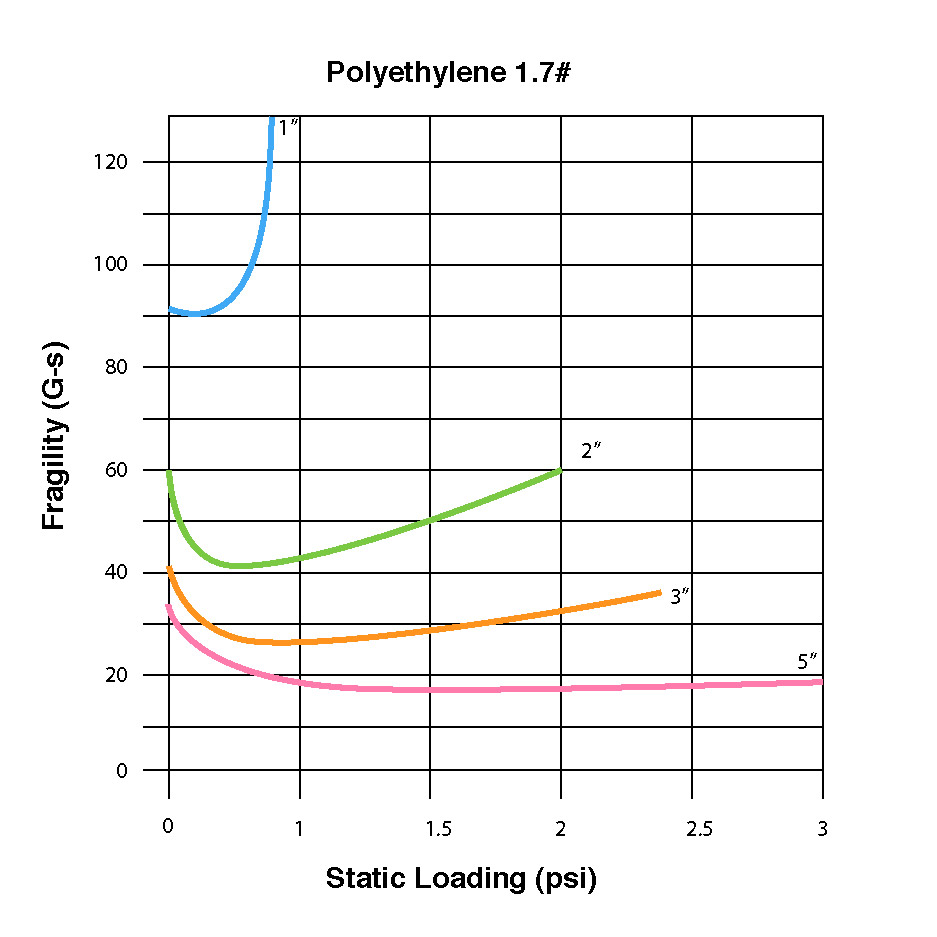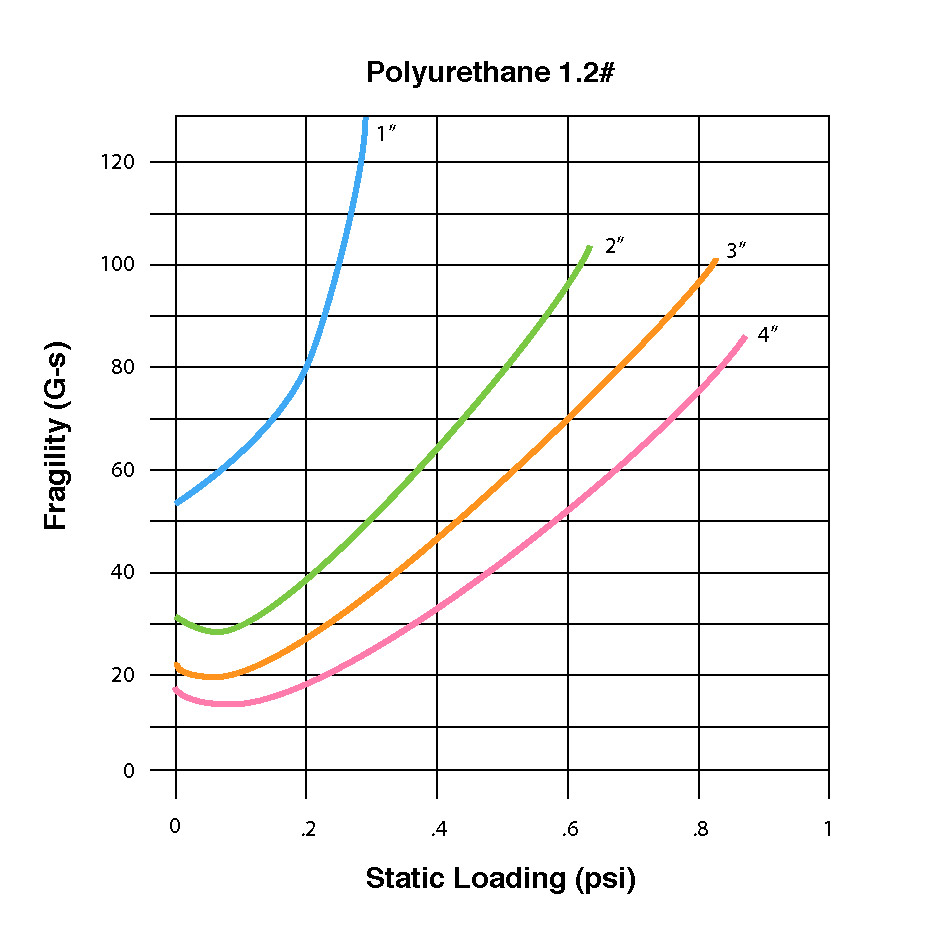Foam Selection Guide
Foam Type Overview:
Polyethylenes, also known by the brand name Ethafoam™, are very durable closed-cell foams that offer good cost performance. Polyethylenes can absorb repeated impacts and still supply cushioning value. They also provide excellent shock and vibration protection. They are best used for mid-weight to heavy objects, such as computers, televisions, and industrial parts.
Polystyrenes, commonly known as EPS (for expanded polystyrene) or by the Dow Chemical brand name Styrofoam™. Polystyrenes are semi-rigid, closed-cell foams. They are easily adapted to many applications and offer excellent cost performance. Advanced Foam is one of the largest fabricators of polystyrene foams and supplies both EPS and Styrofoam brand products.
Polyurethanes are soft to medium foams. Urethane foams are light density, open-cell foams; they are the same type of foam you find in sofa cushions and mattresses. Polyurethanes are the ideal packaging material for lightweight and fragile objects.
Edge Armor is a unique dual-density polyethylene foam product intended for products with thin, vulnerable edges. An example is a large fiberglass automotive part that is not especially fragile but has an easily damaged edge. Other common examples include sheet metal or glass and mirror products.
Foam Selection in 4 Easy Steps:*
- Determine the “fragility” of your product using Chart 1 as a guideline.
- Determine your product’s static loading on the foam (psi). Do this by dividing your product’s weight by the largest surface area that will have contact with the foam (in square inches).
Example: If your product weighs 8 lbs. and the largest surface area which will be in contact with the foam is 32 in.2, the static loading will be 0.25 p.s.i. (8/32 = .25) - Match your answer to Chart 2.
- Find your foam on Chart 3. Enter at your product’s fragility level, move horizontally to intersect the drop height curve. Then move vertically from the point of intersection to determine the required foam thickness.
Chart 1. Determine the approximate fragility level of your product:

“Fragility” refers to the maximum shock that an item can withstand without suffering damage. This fragility is normally expressed by a “G” value. G is the gravitational constant; the cushioning G-value indicates the deceleration, or negative acceleration that an item can withstand without being damaged (in this case the instantaneous deceleration of a dropped product hitting the ground) . The more fragile a product is, the less G-s it can tolerate. The function of cushioning is to extend the time of speed reduction and thereby reduce deceleration.
Chart 2. Foam Selection

Chart 3. Foam Thickness



*Please note that this tool is meant as a guide only. Fragility can be deceptive. A raw egg, for example, demonstrates a G-factor of 200, or nearly double the drop durability of a refrigerator.
For an optimal design, fragility levels should not be estimated but defined through drop test data. If the G-factor is estimated too high, and the product is unable to survive as much shock as anticipated, the packaging will be under-designed and significant shipping damage may occur. On the other hand, if the G-factor is estimated too low, the packaging will be over-designed and unnecessarily large and/or expensive.
In other words, it’s important to determine the G-factor. This is why we have an in-house drop test lab. Through testing, we can scientifically optimize your packaging to reduce your costs while ensuring your peace of mind.
